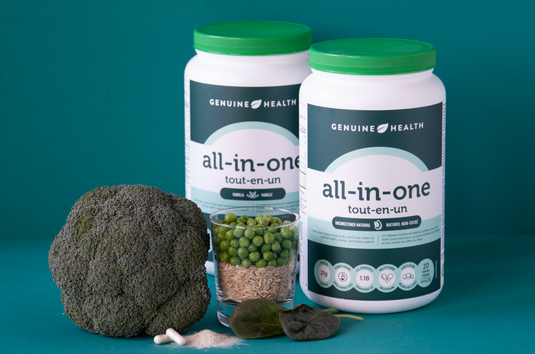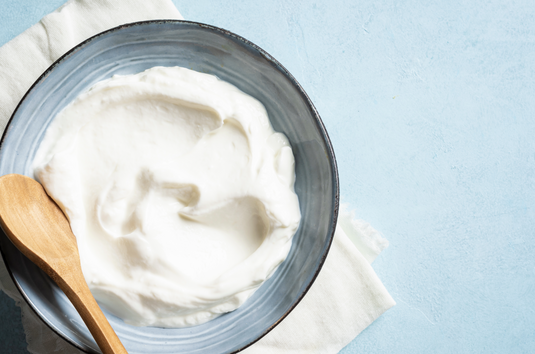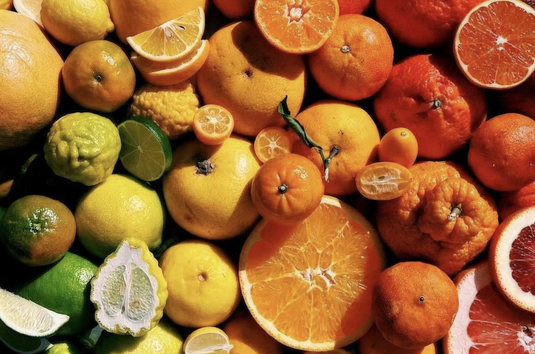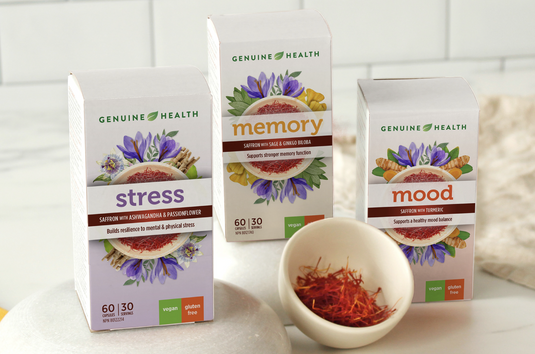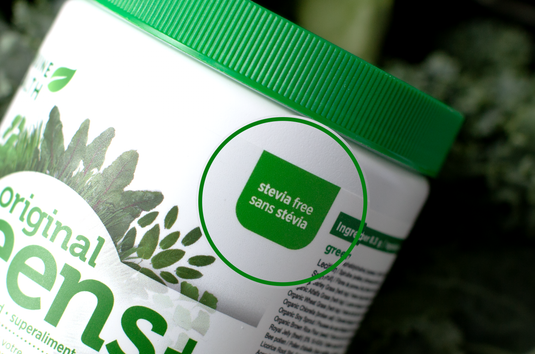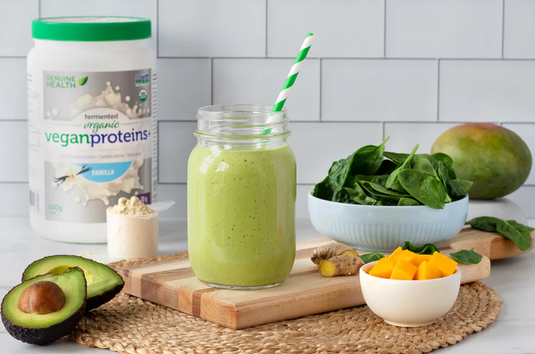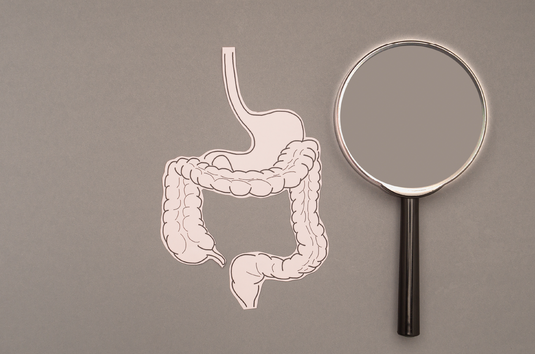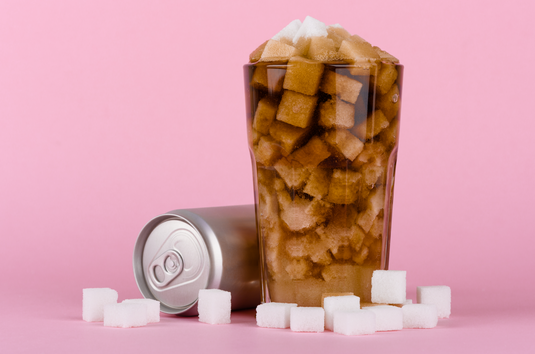Attention aux carences nutritionnelles en Amérique du Nord
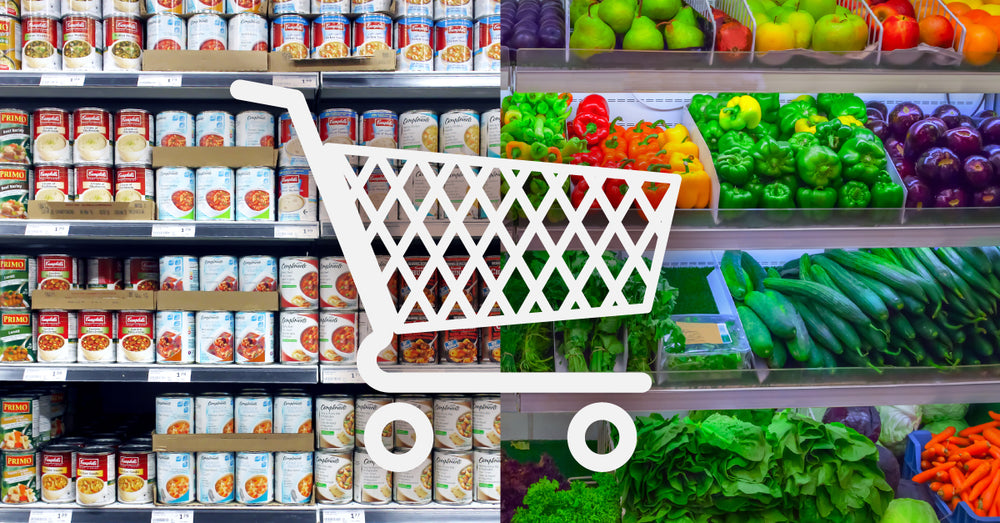
Malgré toutes les avancées, on observe une érosion nutritionnelle depuis un siècle, marquée par une transformation de la composition des aliments que nous consommons au quotidien. Plus précisément, on observe une augmentation de ce que les scientifiques appellent les aliments « ultra-transformés ». Nous en étions plus ou moins conscients, mais jusqu'à la publication d'une nouvelle étude dans la Revue canadienne de pratique et de recherche en diététique (printemps 2014), nous ignorions l'ampleur de la situation.
Des chercheurs ont suivi les tendances de la consommation alimentaire au Canada de 1938 à 2011. Les aliments ultra-transformés examinés comprennent, entre autres, le pain, les collations salées, les sauces en conserve et en bouteille (p. ex., la margarine), les céréales sucrées, les viandes transformées, les boissons sucrées, les pâtisseries, les biscuits, la crème glacée, les bonbons, le chocolat, les préparations pour gâteaux… bref, vous comprenez l'idée. La contribution de ces aliments à l'apport calorique quotidien a plus que doublé. Fait peut-être plus révélateur, la part des aliments prêts à réchauffer dans notre apport calorique quotidien a été multipliée par 23. Les racines et tubercules non transformés ont quintuplé, tout comme les viandes non transformées, les légumineuses, le lait et le yogourt nature. Si les gens consomment davantage d'aliments prêts à consommer, alors les types d'aliments de base permettant de cuisiner « maison » ont dû diminuer – et c'est précisément ce que les chercheurs ont constaté.
Ultra-transformation = perte de nutriments, notamment de phytonutriments (les substances chimiques bénéfiques pour la santé qui confèrent aux plantes leurs couleurs, leur goût et leur texture naturels). De plus, les pratiques agricoles ont sélectivement réduit les phytonutriments dans nos aliments végétaux occidentaux. Il faut savoir que des plantes comestibles comme le pissenlit (présent dans greens+ ) contiennent sept fois plus de phytonutriments que l'aliment que nous présentons généralement comme une source de nutriments importante : les épinards. Des espèces de pommes, moins courantes dans les supermarchés nord-américains, mais tout aussi délicieuses, contiennent cent fois plus de phytonutriments. Les anciennes variétés de maïs jaune biologique contenaient soixante fois plus de bêta-carotène. Les anthocyanes, pigments violets profonds (également présents dans greens+ ), ont été éliminées de la plupart des pommes de terre nord-américaines.
Concernant les pratiques agricoles, les données historiques montrent également une baisse de la teneur en nutriments (vitamines et minéraux) des produits frais. Les données recueillies au cours du dernier demi-siècle ont révélé des baisses allant jusqu'à 40 % de la teneur en vitamines et minéraux de certains fruits et légumes. Les chercheurs ont examiné les changements environnementaux, la sélection génétique qui favorise l'augmentation des glucides au détriment des nutriments et des phytonutriments, l'épuisement des nutriments du sol ou encore l'évolution de la microflore du sol pour expliquer ce déclin. Quoi qu'il en soit, les résultats sont assez cohérents.
Alors… ne pourrait-on pas simplement corriger ce problème en mettant l'accent sur une alimentation variée et colorée ? Santé Canada l'affirme depuis des années, mais selon la plus vaste et la plus récente étude (2013), 74 % de la population âgée de 2 ans et plus ne respectait pas les recommandations minimales. Ces statistiques ont également révélé que c'est la consommation de légumes vert foncé qui a véritablement atténué le manque nutritionnel : les adultes canadiens (18 à 50 ans) ne consomment qu'une demi-portion de légumes vert foncé par jour .
Le déni est l'autre écart entre ce que les gens pensent de leur alimentation et ce qu'ils mangent réellement. Il y a plusieurs années, une enquête nationale sur la consommation de fruits et légumes a révélé que 73 % des Canadiens étaient satisfaits de leurs habitudes alimentaires. Pourtant, parmi ceux qui affirmaient manger sainement, seulement 22 % consommaient cinq portions de fruits et légumes (un chiffre peu élevé compte tenu de la révision à sept portions par Santé Canada). Une étude similaire menée auprès de 800 pompiers nord-américains (un groupe démographique généralement associé à de bonnes habitudes alimentaires) n'atteignait qu'à mi-chemin de ce que les chercheurs considèrent comme une adhésion solide à un régime méditerranéen sain pour le cœur.
Dans notre monde actuel, où tout va très vite et où tout est multitâche, avec des emplois du temps et des responsabilités sans fin, il est difficile de résister à la publicité agressive pour les aliments ultra-transformés. Il est DIFFICILE de se nourrir au quotidien pour être en pleine forme – mais ce n'est pas une fatalité ! greens+ est la police d'assurance nutritionnelle idéale. Non seulement elle contribue à combler ce manque, mais elle offre des bénéfices immédiats de multiples façons. Son efficacité est simple : grâce à 23 ingrédients d'origine végétale, riches en phytonutriments puissants, elle protège et nourrit parfaitement l'organisme. Mais au-delà de la nutrition, greens+ offre également des bienfaits thérapeutiques : il équilibre l'organisme et son mélange synergique de plantes a prouvé son efficacité pour augmenter l'énergie et la vitalité. Des avantages non négligeables que vous ne trouverez pas dans votre police d'assurance habituelle.
Sources :
Moubarac JC, Batal M, Martins AP, Claro R, Levy RB, Cannon G, Monteiro C. Produits alimentaires transformés et ultra-transformés : tendances de consommation au Canada de 1938 à 2011. Can J Diet Pract Res. Printemps 2014;75(1):15-21.
Davis D: Déclin de la composition nutritionnelle des fruits et légumes : quelles sont les preuves ? HortSci 2009, 44:15-19.
Mayer AM : Historique Modifications de la teneur en minéraux des fruits et légumes. Br Food J 1997, 99:207-11.
Thomas D : Viande et produits laitiers : où sont passés tous les minéraux ? Food 2006, 72:10.
Tan ZX, Lal R, Wiebe KD : Épuisement des nutriments du sol et réduction du rendement à l'échelle mondiale. J Sustain Agric 2005, 26 : 123-46.
Robinson J. : Éliminer les aspects nutritionnels des aliments. New York Times, 25 mai 2013.
Black JL, Billette JM. Les Canadiens respectent-ils les recommandations du Guide alimentaire canadien en matière de fruits et légumes ? Appl. Physiol. Nutr. Metab. 2013 mars ; 38(3) : 234-42.
Service E : Combler les carences nutritionnelles grâce à des suppléments multivitaminés et minéraux. Nutr J. 15 juil. 2014 ; 13(1):72.
Alors, quels aliments les Canadiens consomment-ils et estiment-ils que leur alimentation est saine ? Ipsos Reid, 10 juillet 2002.
Des chercheurs ont suivi les tendances de la consommation alimentaire au Canada de 1938 à 2011. Les aliments ultra-transformés examinés comprennent, entre autres, le pain, les collations salées, les sauces en conserve et en bouteille (p. ex., la margarine), les céréales sucrées, les viandes transformées, les boissons sucrées, les pâtisseries, les biscuits, la crème glacée, les bonbons, le chocolat, les préparations pour gâteaux… bref, vous comprenez l'idée. La contribution de ces aliments à l'apport calorique quotidien a plus que doublé. Fait peut-être plus révélateur, la part des aliments prêts à réchauffer dans notre apport calorique quotidien a été multipliée par 23. Les racines et tubercules non transformés ont quintuplé, tout comme les viandes non transformées, les légumineuses, le lait et le yogourt nature. Si les gens consomment davantage d'aliments prêts à consommer, alors les types d'aliments de base permettant de cuisiner « maison » ont dû diminuer – et c'est précisément ce que les chercheurs ont constaté.
Ultra-transformation = perte de nutriments, notamment de phytonutriments (les substances chimiques bénéfiques pour la santé qui confèrent aux plantes leurs couleurs, leur goût et leur texture naturels). De plus, les pratiques agricoles ont sélectivement réduit les phytonutriments dans nos aliments végétaux occidentaux. Il faut savoir que des plantes comestibles comme le pissenlit (présent dans greens+ ) contiennent sept fois plus de phytonutriments que l'aliment que nous présentons généralement comme une source de nutriments importante : les épinards. Des espèces de pommes, moins courantes dans les supermarchés nord-américains, mais tout aussi délicieuses, contiennent cent fois plus de phytonutriments. Les anciennes variétés de maïs jaune biologique contenaient soixante fois plus de bêta-carotène. Les anthocyanes, pigments violets profonds (également présents dans greens+ ), ont été éliminées de la plupart des pommes de terre nord-américaines.
Concernant les pratiques agricoles, les données historiques montrent également une baisse de la teneur en nutriments (vitamines et minéraux) des produits frais. Les données recueillies au cours du dernier demi-siècle ont révélé des baisses allant jusqu'à 40 % de la teneur en vitamines et minéraux de certains fruits et légumes. Les chercheurs ont examiné les changements environnementaux, la sélection génétique qui favorise l'augmentation des glucides au détriment des nutriments et des phytonutriments, l'épuisement des nutriments du sol ou encore l'évolution de la microflore du sol pour expliquer ce déclin. Quoi qu'il en soit, les résultats sont assez cohérents.
Alors… ne pourrait-on pas simplement corriger ce problème en mettant l'accent sur une alimentation variée et colorée ? Santé Canada l'affirme depuis des années, mais selon la plus vaste et la plus récente étude (2013), 74 % de la population âgée de 2 ans et plus ne respectait pas les recommandations minimales. Ces statistiques ont également révélé que c'est la consommation de légumes vert foncé qui a véritablement atténué le manque nutritionnel : les adultes canadiens (18 à 50 ans) ne consomment qu'une demi-portion de légumes vert foncé par jour .
Le déni est l'autre écart entre ce que les gens pensent de leur alimentation et ce qu'ils mangent réellement. Il y a plusieurs années, une enquête nationale sur la consommation de fruits et légumes a révélé que 73 % des Canadiens étaient satisfaits de leurs habitudes alimentaires. Pourtant, parmi ceux qui affirmaient manger sainement, seulement 22 % consommaient cinq portions de fruits et légumes (un chiffre peu élevé compte tenu de la révision à sept portions par Santé Canada). Une étude similaire menée auprès de 800 pompiers nord-américains (un groupe démographique généralement associé à de bonnes habitudes alimentaires) n'atteignait qu'à mi-chemin de ce que les chercheurs considèrent comme une adhésion solide à un régime méditerranéen sain pour le cœur.
Dans notre monde actuel, où tout va très vite et où tout est multitâche, avec des emplois du temps et des responsabilités sans fin, il est difficile de résister à la publicité agressive pour les aliments ultra-transformés. Il est DIFFICILE de se nourrir au quotidien pour être en pleine forme – mais ce n'est pas une fatalité ! greens+ est la police d'assurance nutritionnelle idéale. Non seulement elle contribue à combler ce manque, mais elle offre des bénéfices immédiats de multiples façons. Son efficacité est simple : grâce à 23 ingrédients d'origine végétale, riches en phytonutriments puissants, elle protège et nourrit parfaitement l'organisme. Mais au-delà de la nutrition, greens+ offre également des bienfaits thérapeutiques : il équilibre l'organisme et son mélange synergique de plantes a prouvé son efficacité pour augmenter l'énergie et la vitalité. Des avantages non négligeables que vous ne trouverez pas dans votre police d'assurance habituelle.
Sources :
Moubarac JC, Batal M, Martins AP, Claro R, Levy RB, Cannon G, Monteiro C. Produits alimentaires transformés et ultra-transformés : tendances de consommation au Canada de 1938 à 2011. Can J Diet Pract Res. Printemps 2014;75(1):15-21.
Davis D: Déclin de la composition nutritionnelle des fruits et légumes : quelles sont les preuves ? HortSci 2009, 44:15-19.
Mayer AM : Historique Modifications de la teneur en minéraux des fruits et légumes. Br Food J 1997, 99:207-11.
Thomas D : Viande et produits laitiers : où sont passés tous les minéraux ? Food 2006, 72:10.
Tan ZX, Lal R, Wiebe KD : Épuisement des nutriments du sol et réduction du rendement à l'échelle mondiale. J Sustain Agric 2005, 26 : 123-46.
Robinson J. : Éliminer les aspects nutritionnels des aliments. New York Times, 25 mai 2013.
Black JL, Billette JM. Les Canadiens respectent-ils les recommandations du Guide alimentaire canadien en matière de fruits et légumes ? Appl. Physiol. Nutr. Metab. 2013 mars ; 38(3) : 234-42.
Service E : Combler les carences nutritionnelles grâce à des suppléments multivitaminés et minéraux. Nutr J. 15 juil. 2014 ; 13(1):72.
Alors, quels aliments les Canadiens consomment-ils et estiment-ils que leur alimentation est saine ? Ipsos Reid, 10 juillet 2002.





























